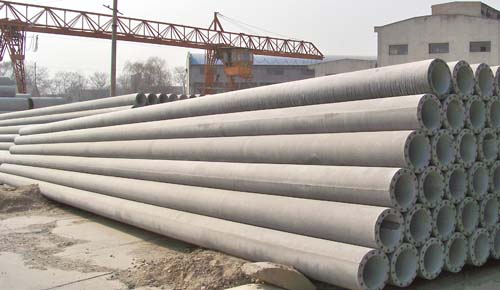Before erecting the pole, we should check the length of the pole; check whether the assembly is in line with the provisions of the construction. 10 meters pole should be considered an electric pole.
Preparation before erecting the pole:
First, the man-made pole setting:
- Lift the pole on the pack-way with the consequent hole. The root of the pole toward the cave, and protect it with a retaining plate. At the same time, staff ties the rope well on the cement poles. The Pole group completes the combination with labor.
- Pole staff forces the pole up to the shoulders, (all lift staff must be one-side shoulder). When the pole lift to 45°, the pole fork staff holds the pole with the pole fork in order to reduce the pressure of the lift staff. The staff tries their best to lift the pole up, both sides of the rope firmly tighten the power pole until the pole is up. The artificial pole setting is a collective construction work by the majority. Therefore Pole staff must act in unison, strive in the same direction, and listen to the unified command, so as to avoid safety accidents.
- After the cement poles were raised, the three-way shaking rope was tightened in order to prevent the electric pole from crooking. Look at the line centerline which the line staff standing on, line staff gauge the pole’s straight line. When A, B, C, and D poles into a straight line, the line staff can only see the A pole. If the pole and other poles that have been established are not in a straight line, the pole staff can use the drill rod to move the root so that the root and other poles are in a straight line. The optimistic straight line can be backfilled, this time we can see the horizontal line staff standing on the side of the vertical line, using the hammer to visually inspect the poles. When the cement electric wire rod is not straight, the electric pole can be pushed forward and backward, and we can use flat, round tarts rammed compacted roots to bulldoze, then the pole center line and crane line overlap.
Second, the plate network method:
- The use of two more robust kinds of wood, their length is half the length of the electric poles. The tip of wood ties up a herringbone as an assistant rod
- A two-wheeled or three-wheeled pulley tied up the tip of the rod binding department of the assistant rod, and the same pulley also tie up the other end of the temporary anchor, made of rope network.
- Assistant rod and telegraph connected with multi-strand wire rope, you can pull the rope to make a pole to set up.
Third, the tripod method:
- Choose two fir diameters of about 7-8 cm, 5.5-6.0 m long fir rod, tying a pin in the rod tip.
- Then choose a diameter of about 8 to 9 cm, 6.0-meter-long fir rod, as the main rod set a set of three rounds pulleys in the pole tip. At the same time, a small winch machine of about two tons is installed about 1.2 meters away from the root. The 5.5-wire soft rope is fixed on the windlass machine. Through the fixed pulley on the top of the pole to the movable pulley on the hook, there is wound into a transmission net.
- The position of the hanging pole, the general standard 1/75 cone shrinkage cement pole, you can take 0.44 meters as a meter, that is the pole weight center (measured from the root).
- Before slinging the pole, staff should check the convergence of various parts whether is good.
- After preparation, staff can shake the winch to lift the cement pole, so that the root into the pole pit. Then slowly lose the wire rope, putting the pole into the pole position.
Erecting poles should meet the following requirements:
Straight pole:
- The pole position of the straight line should be in the routing center. The deviation of the vertical centerline of the cement pole and routing centerline should not exceed 5 cm.
- The pole itself should be vertical up and down.
Angle pole, terminal pole:
- The angle poles of cement poles should be within 10-15 cm of the line corner (ie the bisector of the angle line).
- After the angling pole erects up, the tip of the pole should tilt about a tip of the pole beyond the corner point of the line. Until the suspension line tightens up and then returns to the corner point.
For more information or assistance during normal business hours, call or e-mail TPS at the phone number above. You can also complete and submit our Service Project Inquiry form.

